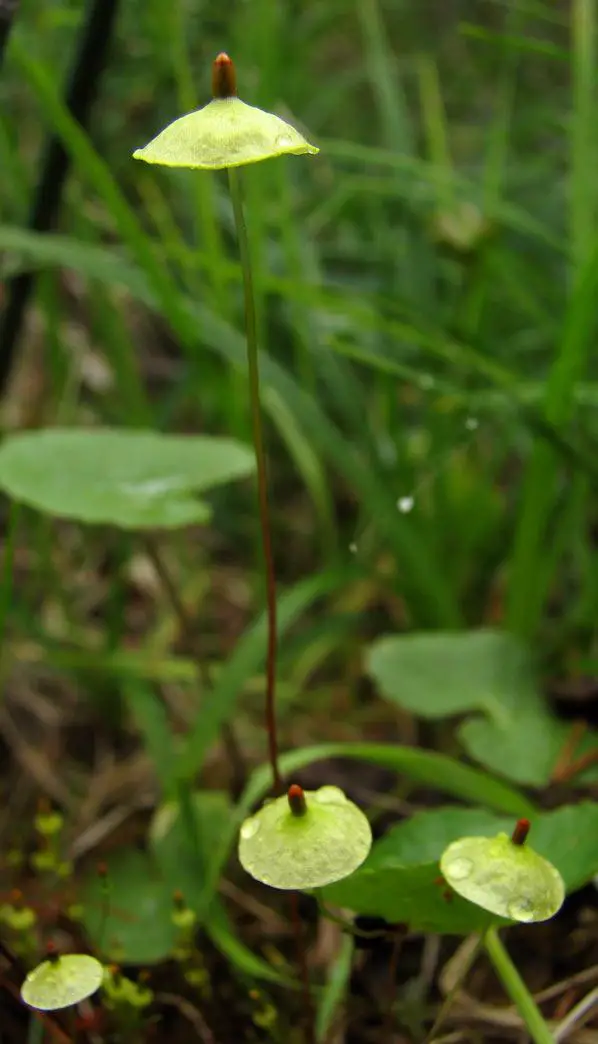
luteum-1a.jpg from: https://ftp.funet.fi/index/Tree_of_life/plants/bryophyta/bryopsida/bryales/splachnaceae/splachnum/
Introduction
In the vast and captivating world of bryophytes, the Splachnum luteum Hedw.
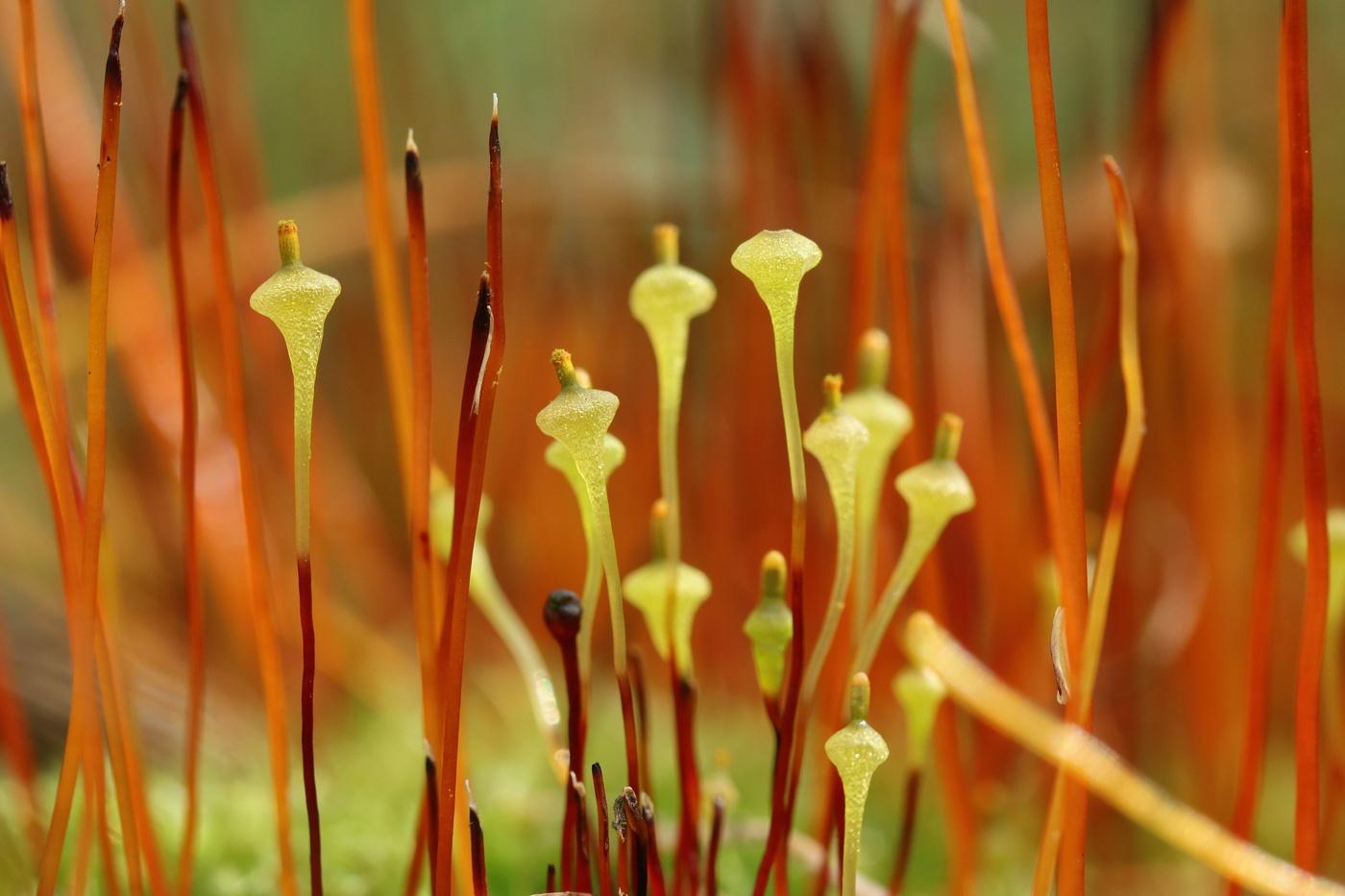
747992_0a42baf0.jpg from: https://www.plantarium.ru/page/image/id/747992.html
moss stands out as a true marvel. Belonging to the Splachnaceae family, this unassuming yet extraordinary moss has captured the hearts of enthusiasts worldwide with its unique characteristics and ecological significance.
Background
Before delving into the intricacies of this fascinating species, let’s set the stage. Bryophytes, often referred to as the “ancient lineage of land plants,” are a diverse group that includes mosses, liverworts, and hornworts. These diminutive yet resilient organisms have played a crucial role in the evolution of terrestrial ecosystems, paving the way for more complex plant life to thrive.
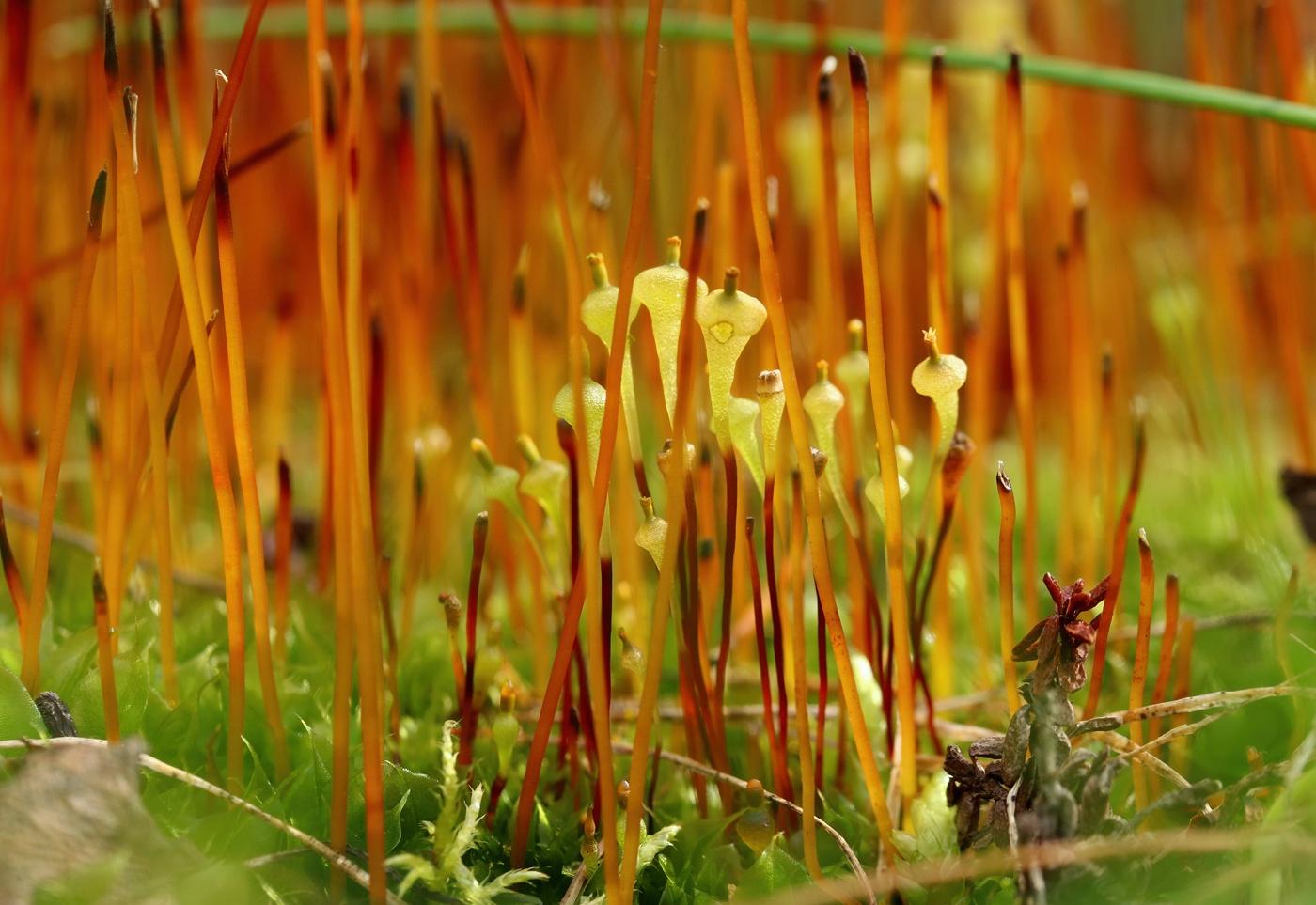
747990_80ff57f9.jpg from: https://www.plantarium.ru/page/image/id/747990.html
Main Content
Morphology and Identification

DSC02020.jpg from: https://annenluontopaivakirja.blogspot.com/2021/08/keltasompasammal-splachnum-luteum.html
The Splachnum luteum Hedw. moss is a true chameleon in the bryophyte realm. Its vibrant yellow-green coloration and distinctive umbrella-shaped capsules make it a sight to behold. These capsules, perched atop slender setae (stalks), are adorned with a striking apophysis – a swollen, often colorful structure that aids in spore dispersal.
Global Distribution and Habitat
This remarkable moss is widely distributed across the Northern Hemisphere, thriving in a variety of habitats. From boreal forests to alpine meadows, Splachnum luteum Hedw. can be found in areas rich in decaying organic matter, particularly those associated with animal dung or carcasses. Its affinity for these nutrient-rich environments is a testament to its unique adaptations and ecological roles.
Ecological Roles and Adaptations
The Splachnum luteum Hedw. moss plays a vital role in nutrient cycling and decomposition processes. Its ability to colonize and thrive on dung and carcasses is facilitated by specialized adaptations. The apophysis, for instance, is believed to attract insects through its vibrant colors and enticing scents, aiding in spore dispersal and ensuring the continuation of this remarkable species.
Moreover, the moss’s tolerance for high levels of ammonia and other compounds found in decaying matter allows it to flourish in environments that would be inhospitable to many other plant species. This resilience and adaptability have earned Splachnum luteum Hedw. a well-deserved place in the pantheon of bryological wonders.
Case Studies/Examples
One fascinating example of the Splachnum luteum Hedw. moss’s ecological significance can be found in the boreal forests of Scandinavia. Here, the moss plays a crucial role in the decomposition of reindeer and caribou dung, facilitating the release of nutrients back into the ecosystem and supporting the growth of other plant species.

splachnum-luteum.jpg from: https://eden-plant-lover.github.io/plant-gallery.html
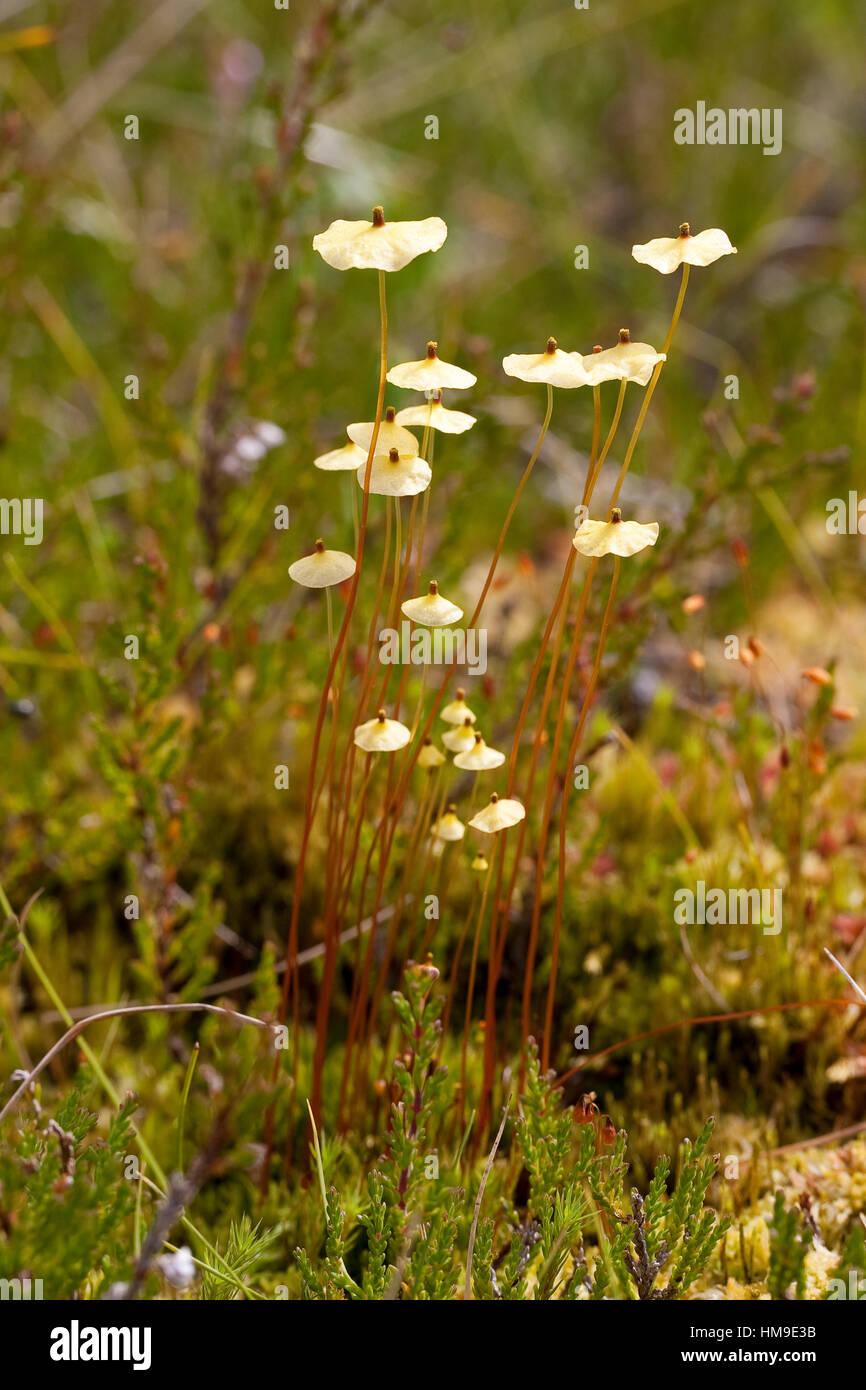
schirmmoos-schirm-moos-splachnum-luteum-dach-moos-hm9e3b.jpg from: https://www.alamy.de/fotos-bilder/splachnum-luteum.html
Technical Table

747986_f7067080.jpg from: https://www.plantarium.ru/page/image/id/747986.html
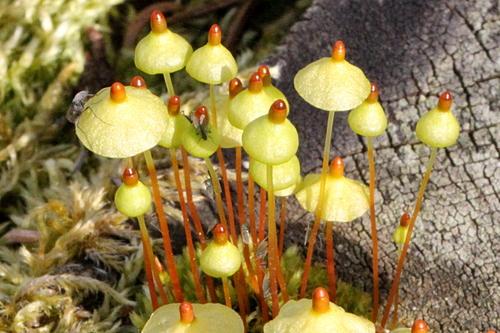
medium.jpeg from: https://www.inaturalist.org/taxa/169281-Splachnum-luteum
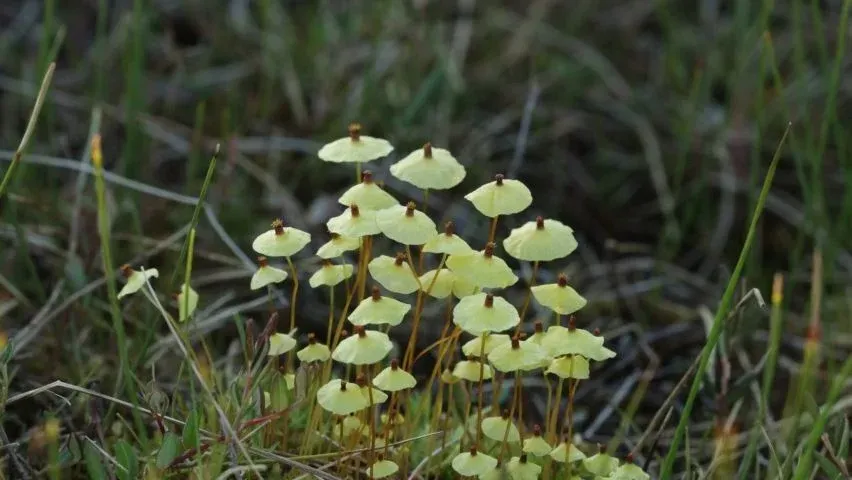
1.jpg from: https://www.shutterstock.com/video/clip-1095808187-close-up-yellow-moosedung-moss-splachnum-luteum-growing
| Characteristic | Description |
|---|---|
| Scientific Name | Splachnum luteum Hedw. |
Family
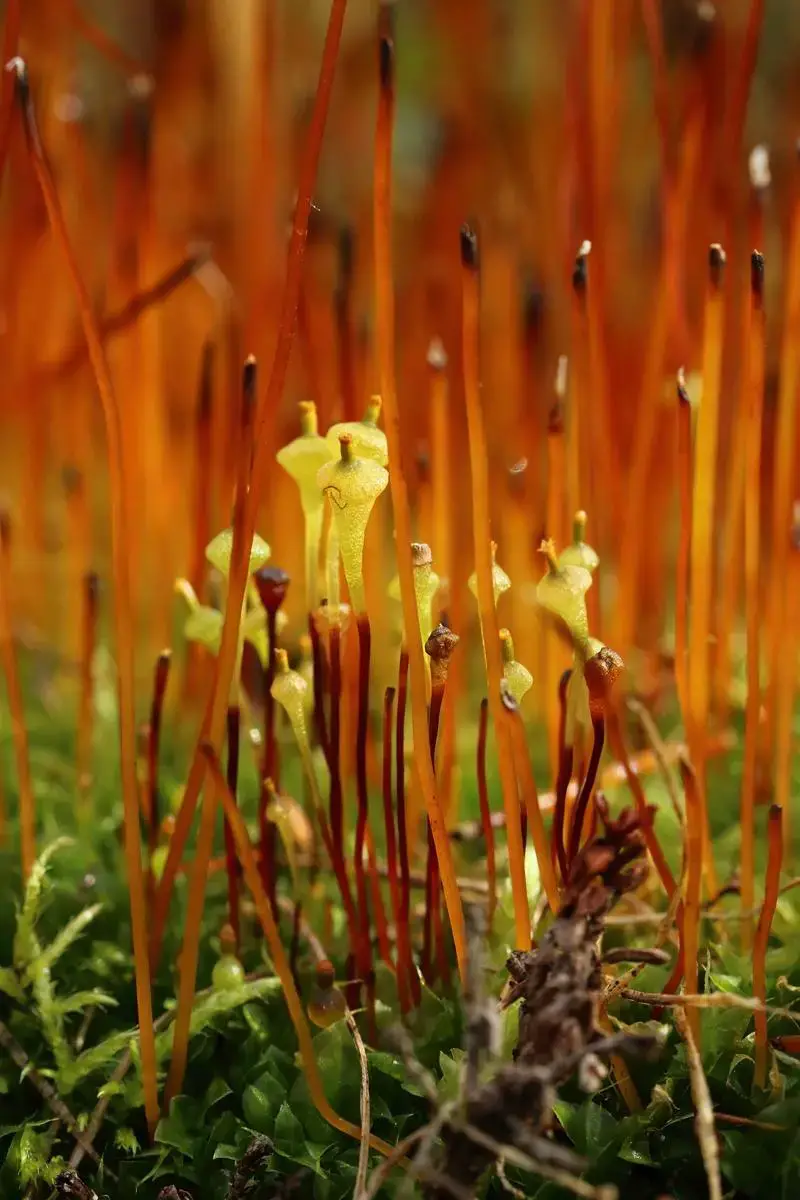 747991_4d981d8f.jpg from: https://www.plantarium.ru/page/image/id/747991.html |
Splachnaceae |
| Common Name | Splachnum, Yellow Collar Moss |
| Phylum | Bryophyta |
| Class | Bryopsida |
| Habitat | Decaying organic matter, dung, carcasses |
| Distribution | Northern Hemisphere |
| Distinctive Features | Yellow-green coloration, umbrella-shaped capsules, apophysis |
Conclusion
The Splachnum luteum Hedw. moss is a true testament to the wonders of the bryophyte world. Its unique adaptations, ecological roles, and captivating appearance have earned it a special place in the hearts of moss enthusiasts and naturalists alike. As we continue to explore and appreciate the intricate tapestry of life on our planet, this remarkable moss serves as a reminder of the incredible diversity and resilience that can be found in even the smallest of organisms.
Ponder this: In a world where we often overlook the microscopic marvels around us, what other hidden gems await our discovery, and what lessons can they teach us about the interconnectedness of life?